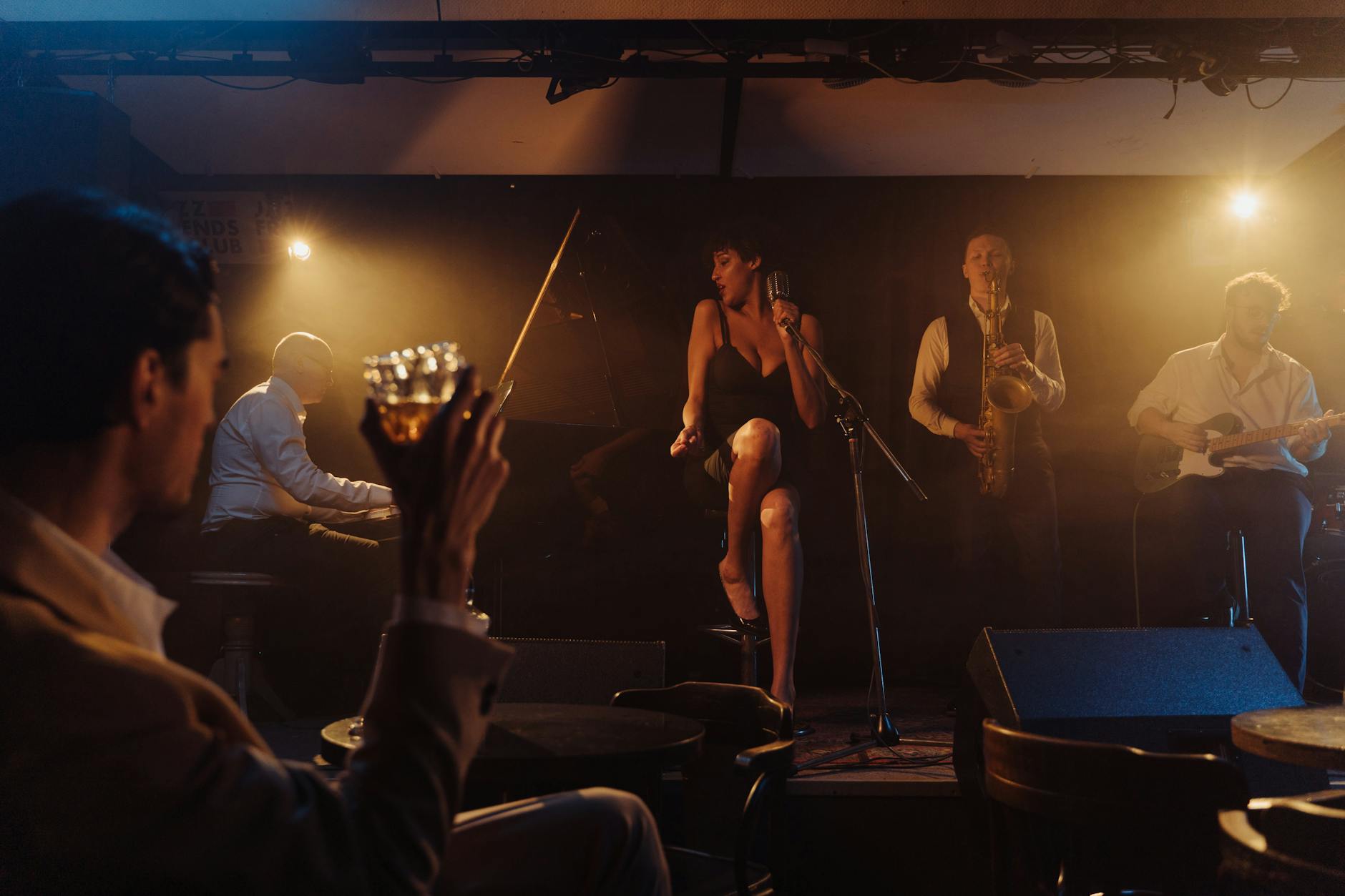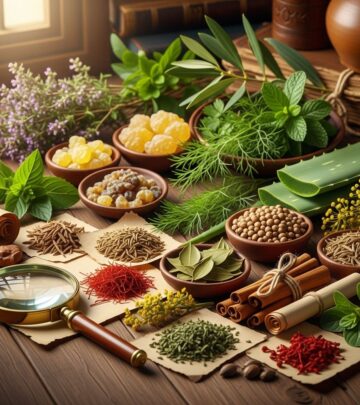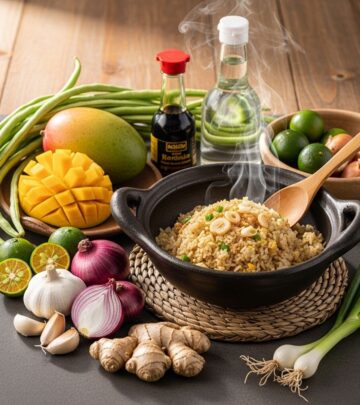Best 90s Country Songs: 15 Timeless Tracks Fans Should Know
Relive the magic of 90s country music with these unforgettable hits that shaped a generation

The Golden Era of 90s Country Music
The 1990s represent a defining decade in country music history, a period when the genre experienced unprecedented commercial success and artistic evolution. For those who grew up during this golden era, the distinctive sounds of artists like Garth Brooks, Shania Twain, and Brooks & Dunn created the soundtrack to their formative years. The 90s brought country music into the mainstream like never before, blending traditional country sensibilities with pop influences to create a sound that resonated with millions of listeners nationwide.
The decade saw country artists selling out arenas, crossing over to pop charts, and becoming household names beyond the traditional country music audience. From emotional ballads that tugged at heartstrings to boot-stomping anthems that packed dance floors, 90s country music offered something for everyone. The influence of this era continues to resonate in today’s country music landscape, with many contemporary artists drawing inspiration from the sounds and styles that defined the decade.
The Superstars Who Defined the Decade
When we talk about 90s country music, certain names immediately spring to mind as the architects of the era’s distinctive sound. These artists not only dominated the charts but also redefined what country music could be and who could listen to it.
Garth Brooks: The Arena-Filling Phenomenon
No discussion of 90s country would be complete without acknowledging Garth Brooks’ tremendous impact. By bringing rock concert energy to country music performances, Brooks revolutionized live country shows and expanded the genre’s audience exponentially. His emotional delivery on ballads like “The Dance” and party-starting energy on songs like “Friends in Low Places” showcased his remarkable versatility. Brooks broke sales records previously thought impossible for country artists, becoming one of the bestselling musicians of all time across any genre.
Shania Twain: The Crossover Queen
Shania Twain emerged as one of the decade’s most influential artists, particularly in the latter half of the 90s. Working with producer and then-husband Mutt Lange, Twain created a polished sound that appealed to country and pop audiences alike. Her empowering anthems like “Any Man of Mine” and “Man! I Feel Like a Woman!” challenged country music’s traditional gender roles while her album “Come On Over” became one of the bestselling albums by a female artist in any genre. Twain’s glamorous image and catchy hooks helped country music reach new audiences worldwide.
Brooks & Dunn: The Honky Tonk Hitmakers
The duo of Kix Brooks and Ronnie Dunn dominated country radio throughout the 90s with their high-energy blend of honky-tonk and rock influences. Their breakthrough hit “Boot Scootin’ Boogie” launched a line-dancing craze across America, while emotional ballads like “Neon Moon” showcased their versatility. With their distinctive vocal styles and dynamic performances, Brooks & Dunn became the most successful duo in country music history, collecting numerous awards and chart-topping singles throughout the decade.
Essential 90s Country Songs Everyone Should Know
The 1990s produced countless country classics that continue to resonate with fans decades later. From emotional ballads to fun-loving party anthems, these songs capture the diverse sounds that made 90s country so special. Here’s our collection of essential tracks that defined the era:
Early 90s Foundations (1990-1993)
- “Achy Breaky Heart” – Billy Ray Cyrus (1992): This divisive but undeniably catchy tune sparked a line-dancing phenomenon and introduced millions to country music.
- “Boot Scootin’ Boogie” – Brooks & Dunn (1991): The honky-tonk anthem that launched the superstar duo’s career and filled dance floors nationwide.
- “Chattahoochee” – Alan Jackson (1993): This celebration of small-town summer fun showcased Jackson’s ability to capture everyday American life in his songwriting.
- “She’s in Love with the Boy” – Trisha Yearwood (1991): Yearwood’s debut single topped the charts and established her as one of the decade’s premier vocalists.
- “Should’ve Been a Cowboy” – Toby Keith (1993): Keith’s debut hit about cowboy fantasies became the most-played country song of the 1990s.
Mid-Decade Classics (1994-1996)
- “Any Man of Mine” – Shania Twain (1995): This sassy, empowering anthem helped establish Twain as a crossover superstar.
- “Go Rest High on That Mountain” – Vince Gill (1995): Gill’s emotional tribute to his late brother became one of country music’s most beloved ballads.
- “I Like It, I Love It” – Tim McGraw (1995): This upbeat declaration of love showcased McGraw’s charisma and helped cement his superstar status.
- “Strawberry Wine” – Deana Carter (1996): Carter’s nostalgic coming-of-age ballad resonated with listeners through its vivid storytelling.
- “Time Marches On” – Tracy Lawrence (1996): Lawrence’s philosophical look at family life through the decades demonstrated country music’s storytelling power.
Late 90s Evolution (1997-1999)
- “This Kiss” – Faith Hill (1998): Hill’s breezy, pop-influenced love song represented country’s increasingly mainstream sound.
- “Wide Open Spaces” – The Chicks (1998): This anthem about leaving home and finding independence resonated particularly with young women.
- “How Do I Live” – LeAnn Rimes (1997): Rimes’ powerful vocal performance helped this emotional ballad become one of the decade’s biggest crossover hits.
- “Amazed” – Lonestar (1999): This romantic power ballad topped both country and pop charts, becoming a wedding staple for years to come.
- “Man! I Feel Like a Woman!” – Shania Twain (1999): Twain closed the decade with this empowering anthem that epitomized her boundary-pushing approach.
The Voices That Defined a Generation
Beyond the megastars, the 90s country landscape was rich with distinctive voices that brought their own unique perspectives to the genre. These artists may not have achieved the same level of crossover success as Brooks or Twain, but their contributions were essential to the decade’s musical tapestry.
The Traditional Torchbearers
While pop influences were becoming more prominent, several artists maintained stronger connections to country’s traditional roots. Alan Jackson’s authentic approach to honky-tonk sounds and George Strait’s consistent excellence carried traditional country sounds into the new decade with remarkable commercial success. Meanwhile, artists like Patty Loveless and Vince Gill balanced contemporary production with traditional sensibilities, creating music that appealed to purists and new fans alike.
The Storytellers
The 90s saw exceptional songwriters use country music’s format to tell compelling stories. Mary Chapin Carpenter’s literary approach to songwriting brought intelligent, feminist perspectives to the format, while Kathy Mattea addressed social issues including HIV/AIDS in songs like “Where’ve You Been.” James House’s “This Is Me Missing You” and Mark Chesnutt’s “Brother Jukebox” demonstrated how effective simple, relatable storytelling could be when paired with authentic country delivery.
The New Traditionalists
Artists like Joe Diffie, Tracy Lawrence, and John Michael Montgomery brought youthful energy to traditionally-influenced country music. These performers maintained the genre’s connection to its roots while packaging it in a way that appealed to younger audiences. Songs like Diffie’s “John Deere Green,” Lawrence’s “Alibis,” and Montgomery’s “I Swear” exemplified this approach, combining traditional country instrumentation with contemporary themes and production.
The Evolution of Country Sound in the 90s
The 1990s saw country music undergo significant sonic evolution, beginning the decade with neo-traditional sounds and ending with much more pop-influenced productions. This transformation didn’t happen overnight, and examining this progression reveals much about how country music adapted to changing cultural and commercial landscapes.
The Neo-Traditional Foundation
The early 90s built upon the neo-traditional movement of the late 1980s, with artists like Clint Black, Alan Jackson, and Mark Chesnutt bringing traditional country instrumentation back to prominence. Steel guitars, fiddles, and honky-tonk pianos defined this sound, with production that emphasized these traditional elements. This approach represented a conscious return to country’s roots after the urban cowboy era of the early 1980s.
The Garth Effect
Garth Brooks’ unprecedented success demonstrated that country music could incorporate rock influences while maintaining its essential character. His energetic performances and songs that blended traditional country storytelling with more rock-influenced arrangements expanded the boundaries of what country music could be. This approach influenced countless artists who sought to emulate his success by incorporating more diverse influences into their music.
The Pop Country Revolution
By the mid-to-late 90s, artists like Shania Twain, Faith Hill, and the Chicks were pushing country music toward even more pop-friendly territory. Twain’s work with producer Mutt Lange brought glossy production and rock-inspired arrangements to country music, while still maintaining enough traditional elements to remain connected to the genre. This evolution expanded country music’s audience dramatically but also sparked debates about authenticity that continue to this day.
The Legacy of 90s Country Today
The influence of 90s country music extends well beyond nostalgia, shaping today’s country landscape in profound ways. Many of the decade’s biggest stars continue to make music and influence new generations, while younger artists frequently cite 90s country as a primary influence on their sound.
Contemporary artists like Jon Pardi, Midland, and Ashley McBryde have explicitly drawn on 90s country sounds in their music, bringing neo-traditional elements back into the mainstream. Meanwhile, the crossover success pioneered by Shania Twain and others paved the way for today’s country-pop stars to reach unprecedented audiences.
Beyond the music itself, 90s country expanded the genre’s commercial possibilities through innovative marketing, music videos, and concert experiences. Garth Brooks’ arena shows demonstrated that country artists could create spectacles on par with rock and pop acts, forever changing expectations for country concerts.
Frequently Asked Questions
What made 90s country music so special?
90s country music combined traditional country sensibilities with contemporary production and more diverse influences, creating a sound that honored the genre’s roots while expanding its commercial appeal. The decade also featured an exceptional crop of talented artists who brought distinctive voices and perspectives to country music.
Who was the biggest 90s country star?
Garth Brooks likely claims the title of biggest 90s country star based on record sales, concert attendance, and cultural impact. His innovative approach to live performance and marketing revolutionized the business of country music, while his emotional delivery connected with audiences on an unprecedented scale.
Why does 90s country continue to influence today’s artists?
90s country represents a sweet spot between tradition and innovation that many artists find inspiring. The songwriting was exceptionally strong, the production values were high but not overwhelming, and the era produced numerous iconic vocal performances. Many of today’s artists grew up listening to 90s country, making it a natural touchstone for their own musical development.
What was the best-selling 90s country album?
Shania Twain’s “Come On Over” (1997) stands as the best-selling 90s country album and one of the best-selling albums of all time across any genre. Its combination of catchy hooks, empowering messages, and polished production helped it appeal to audiences far beyond traditional country listeners.
The 90s represented a golden era for country music, producing songs and artists that continue to resonate with listeners decades later. Whether you grew up with these songs or are discovering them for the first time, the best 90s country music offers timeless appeal through its authentic storytelling, memorable melodies, and distinctive voices.
References
- https://www.countryliving.com/life/entertainment/a24486763/best-90s-country-songs/
- https://www.countryliving.com/life/g4292/classic-country-songs/
- https://www.tiktok.com/@claywalker/video/7499873697348488479
- https://tasteofcountry.com/essential-90s-country-songs/
- https://www.countryliving.com/life/a43563/summer-country-songs/
Read full bio of Srija Burman











